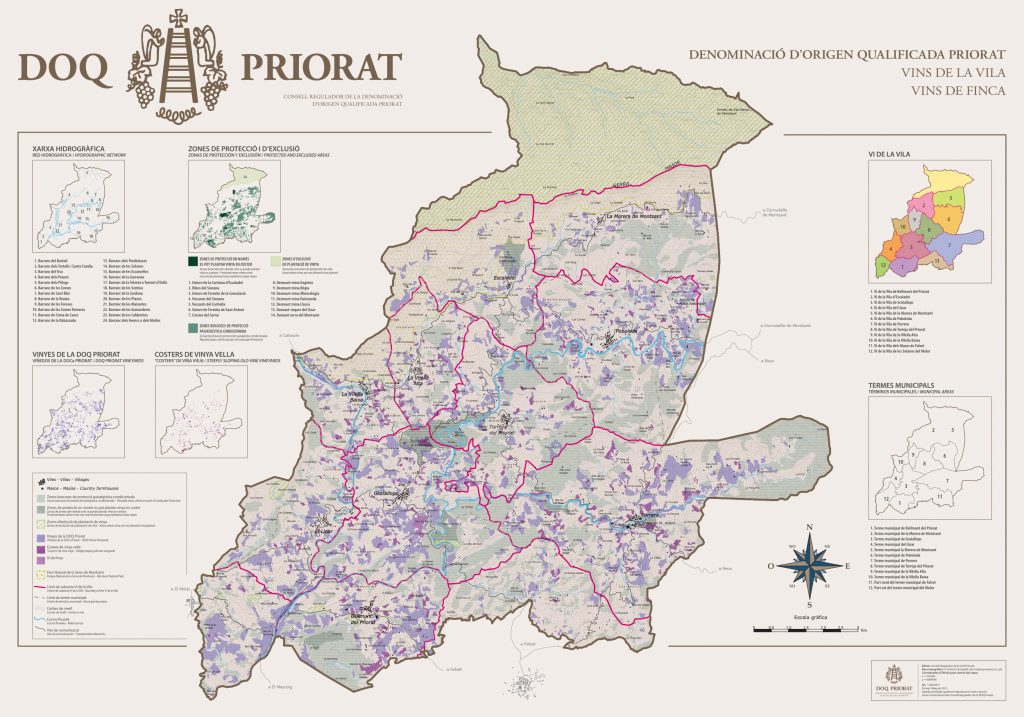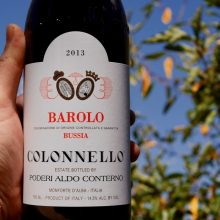
Product information
Terroir al Límit Les Tosses 2016
$535
Description
Domink’s background as a Chef, perhaps his German ancestory and definitely his drive to make great wine appears to have lead to the perfect balance between art and science.
There are two Vi d’altura or pinnacle wines that Huber produces: Les Tosses and Les Manyes. These are Terroir al Límit’s grand cru Priorats as tasted through the prism of Cariñena (for Les Tosses) and Garnatxa (for Les Manyes). Both are naturally fermented and aged in large French oak vats for two years and both are some of the greatest wines emanating from Spain. Huber’s 1.2 hectares Les Tosses vineyard stretches across a stony ridge to the northeast of the village of Torroja at an incredible altitude of 600 metres. It is one of the very few ancient vineyards at this height and has deep, black slate soils. The bush-grown vines face east, like watchmen guarding the valley, and are more than 70 years old-mainly Cariñena with a tiny percentage of Garnatxa and all planted to 6605 plants per hectare.
“There is none of the rusticity I often link to the grape, this is extremely floral and perfumed, with plenty of violets, a little earthy too. The palate is extremely balanced, and I don’t remember tannins as elegant as these in a Cariñena before. There is length, freshnesss and a very, very long finish. This might very well be the best vintage of Les Tosses so far” – 98 Points Luis Guitiérrez, The Wine Advocate #227.
Out of stock














You must be logged in to post a comment.